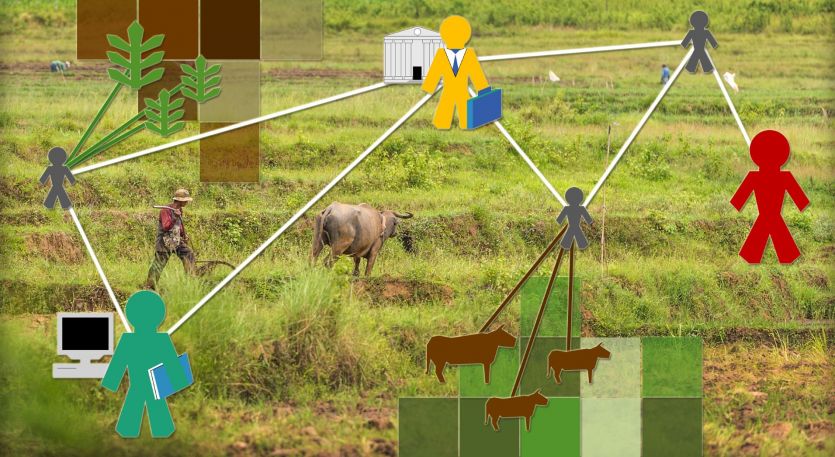How to make social-environmental modelling more useful to support policy and management?

Modelling is often proposed as a powerful tool to understand complex social-environmental problems and to provide sustainable solutions as it allows disentangling causes and effects of human behavior and environmental constraints. However, the impact of such models in real world decision-making and to support policy-making has so far been very limited. The POLISES group took a critical look at the reasons behind and steps that need to be taken to change this. Therefore, we looked at seven good practice examples from fields where models have influenced policy-making and management in detail to elaborate the main aspects that improve and hinder the application of these models. We specifically compared examples from the field of ecology, where modelling is already an accepted practice, with examples of social-environmental systems and contrast the different viewpoints of these disciplines on models. All examples have in common that they did not only deliver scientifically innovative insights but were also used to guide actual policy or management decisions.
For the evaluation of these examples, we used a list of 14 criteria concerning the purpose of the modelling endeavor, the processes of exchange between modelers and managers, details on these partnerships, and the products that emerges from this exchange, i.e. the range and type of application of the model outcome in practice. We interviewed the authors of those studies about their experience throughout the modelling process. To interpret these achievements, we asked them to self-assess their studies and evaluate their models against the questions in the criteria list, without us adding any additional rating.
We used these examples to synthesize four key factors for successful modelling for policy and management support in social-environmental systems. For each of the categories, we give recommendations specifically to modelers, practitioners or both to make the use of models for practice more effective:
- Human dimension: The human dimension, adds levels of complexity to the system and to the model. Modelers and practitioners should acknowledge this higher complexity as the understanding of complex social-environmental systems depends to a large extent on a sound representation of human decision-making. Furthermore, models can be used as discussion tools to bring different perspectives of stakeholders together.
- Data availability and accessibility: Coordinated and harmonized data collection not only of ecological but also of socio-economic data with transparent rules for data accessibility is crucial for impactful modelling projects.
- Collaboration, trust and acceptance: All parties need to make expectations especially concerning the outcomes of the policy-making process explicit at the beginning. Additionally, modelers can contribute to confidence in model results by ensuring quality of models through benchmarking or independent peer review. To reach acceptance of models, modelers should disseminate information to practitioners, promote exchange between modelers and practitioners, be ready to teach modelling skills, and engage in the organization of workshops that attract both sides.
- Decision process: Users of the model (also from the practitioners’ side) should have profound understanding of the model and only apply it in cases where model assumptions are suitable as in the end, the consequences of decisions may reach well beyond the original scope of research question and model. Due to higher complexity modelers are even more obligated to apply good modelling practices for SES models. Furthermore, policymakers are highly encouraged to provide a “policy champion” as interface person to modelers who is ideally open to modelling approaches and at a core position in the decision-making process.
, , , , , . (2021). How to make socio‐environmental modelling more useful to support policy and management? People and Nature, 3: 560-572. doi.